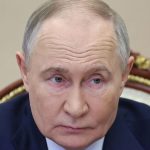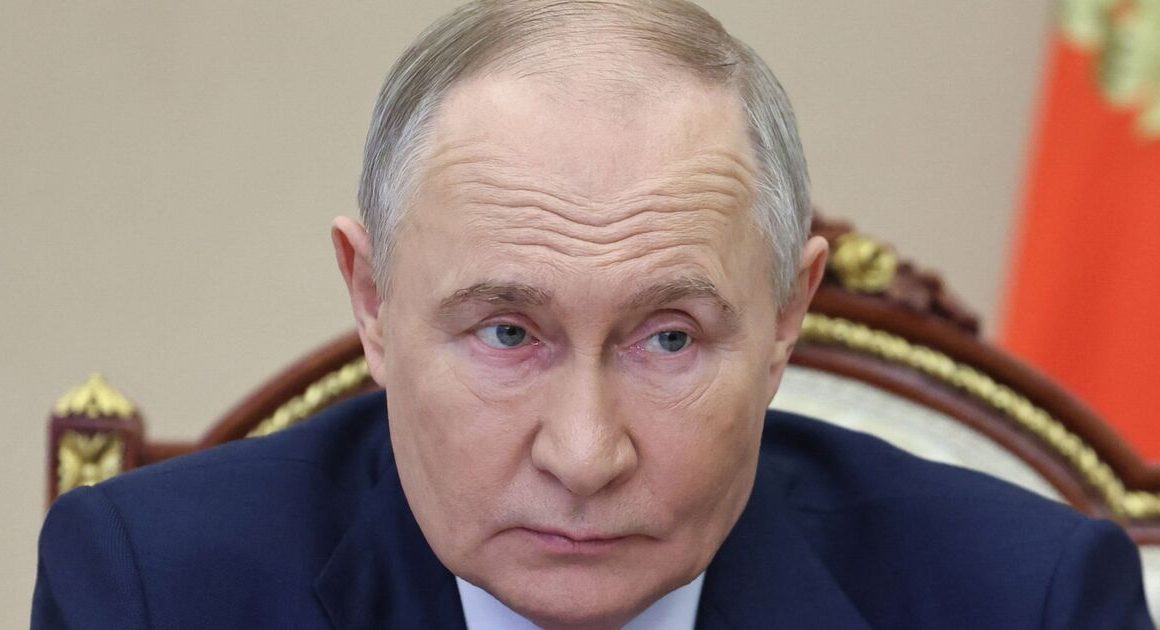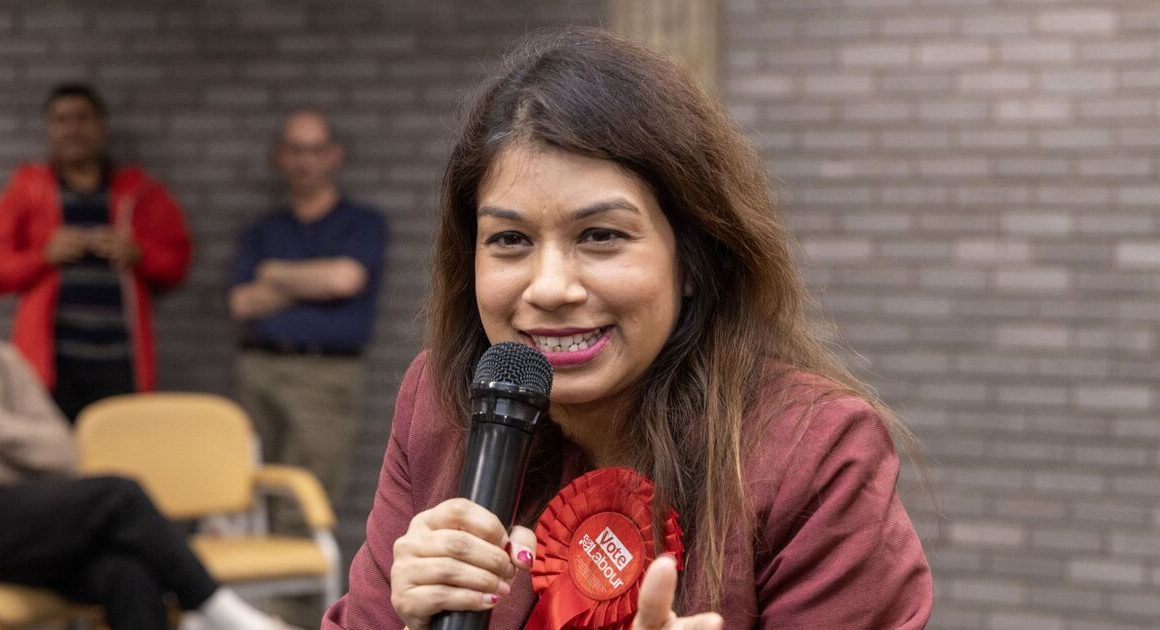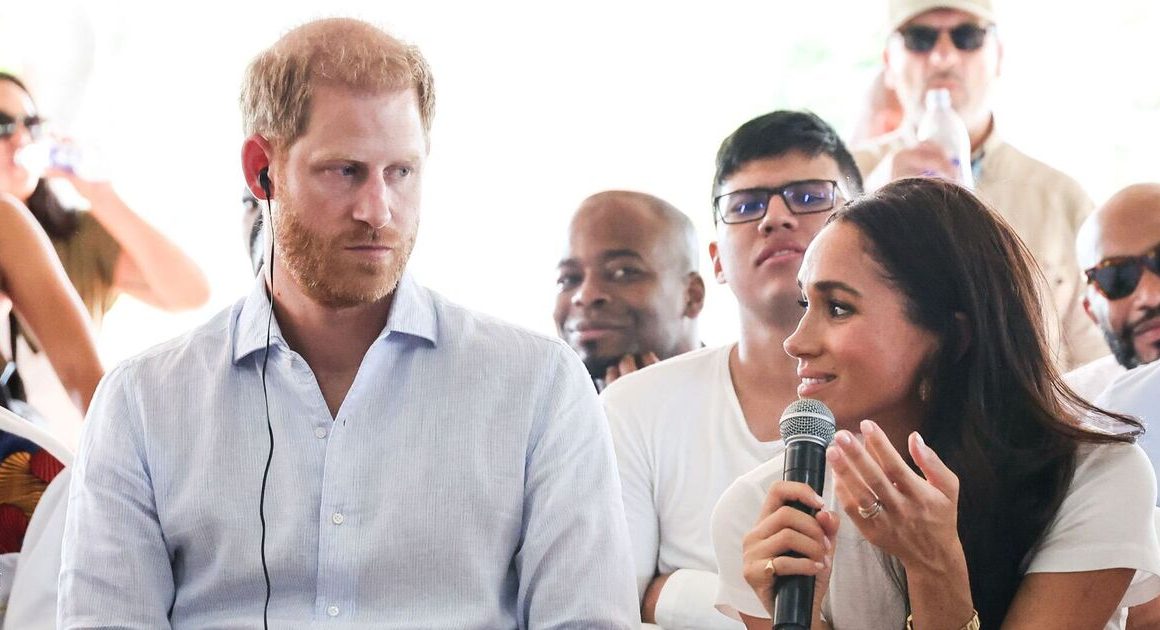At least 93 Palestinians were killed and dozens were wounded in an Israeli strike on a residential building in the northern Gaza town of Beit Lahiya on Tuesday, the Gaza health ministry said.
Medics said at least 20 children were among the dead.
“A number of victims are still under the rubble and on the roads, and ambulance and civil defense crews cannot reach them,” the territory’s health ministry said in a statement.
Later on Tuesday, Ismail Al-Thawabta, the director of the government media office, put the number of fatalities at 93.
There was no immediate Israeli comment. The Israeli military has frequently questioned figures on death toll published by the Hamas media office, saying they were often exaggerated.
Video footage obtained by Reuters showed several bodies wrapped in blankets on the ground outside a bombed four-story building. More bodies and survivors were being retrieved from under the wreckage as neighbours rushed to help with the rescue.
On Monday, the Palestinian Civil Emergency Service said around 100,000 people were marooned in Jabalia, Beit Lahiya and Beit Hanoun without medical or food supplies. Reuters could not verify the number independently.
The health ministry said on Tuesday those wounded in the strike could not receive care as doctors had been forced to evacuate the nearby Kamal Adwan Hospital.
“Critical cases without intervention will succumb to their destiny and die,” the ministry said in a statement.
Deadly violence in Lebanon’s Bekaa Valley
Gaza’s war has kindled wider conflict in the Middle East, with Israel bombing Lebanon and sending forces into its south to disable Iran-backed Hezbollah, a Hamas ally.
The strike Tuesday in Gaza came a day after Israel’s parliament passed a law to ban the UN relief agency UNRWA from operating inside the country, alarming some of Israel’s Western allies who fear it will worsen the already dire humanitarian situation in Gaza.
Israeli officials cited the involvement of a handful of the United Nations Relief and Works Agency for Palestine Refugees staffers in the Oct. 7, 2023 Hamas-led attack, and a few staffers’ membership in Hamas and other armed groups. UNRWA’s General Commissioner Philippe Lazzarini described the move as “collective punishment.”
The Oct. 7, 2023 attack led by Hamas on Israel killed 1,200 people and more than 250 hostages were captured and taken into Gaza, according to Israeli tallies.
The death toll from Israel’s retaliatory air and ground onslaught in Gaza has exceeded 43,000, the Gaza health ministry said.
In Lebanon’s Bekaa Valley, rescue workers were still pulling bodies out of the rubble on Tuesday morning.
Israel has ramped up its air strikes across Lebanon over the last month, saying it is targeting Hezbollah. Lebanese officials, rights groups and residents of affected towns say the strikes are indiscriminate.
No evacuation orders were given for any of the towns struck overnight. District Gov. Bachir Khodor said 67 people had been killed and more than 120 wounded and the death toll was expected to rise.
Large swathes of the Bekaa Valley are Hezbollah strongholds.
There was no immediate comment from Israel on the attacks.
Even before Israel and Hezbollah began exchanging fire in their latest conflict, Lebanon was on shaky ground, with some calling it a failed state. CBC’s Margaret Evans examines the complex factors behind the country’s eroding stability.
More than 2,700 people have been killed by Israeli bombardments of Lebanon since Israel’s military and Hezbollah began exchanging fire more than a year ago in parallel to the war in Gaza. At least two-thirds were killed in the last five weeks alone, when Israel stepped up its bombing campaign.
The expanded strikes have targeted the port city of Tyre. On Monday, Israel issued a new evacuation order for swathes of the city and carried out strikes that damaged the offices of the International Committee of the Red Cross and Doctors Without Borders, which sit within the evacuation zone.
The strikes and detonation of homes have left towns along Lebanon’s border with Israel in ruins, according to satellite imagery.
Hezbollah names new leader
Israel strikes in recent weeks have killed Hezbollah’s secretary general Sayyed Hassan Nasrallah and other senior figures from the group, considered a terrorist organization by several Western governments including Canada.
Deputy secretary general Sheikh Naim Qassem, a veteran member of the militant group, was elected its head on Tuesday.
The group’s capabilities were intact despite “painful blows” from Israel, Qassem said.
Qassem was appointed deputy chief in 1991 by the armed group’s then-secretary general Abbas al-Musawi, who was killed by an Israeli helicopter attack the following year.
Qassem remained in his role when Nasrallah became leader, and has long been one of Hezbollah’s leading spokesmen, conducting interviews with foreign media including as cross-border hostilities with Israel raged over the last year.
Born in 1953 in Beirut to a family from Lebanon’s south, Qassem’s political activism began with the Lebanese Shi’ite Amal Movement.
He left the group in 1979 in the wake of Iran’s Islamic Revolution, which shaped the political thinking of many young Lebanese Shia activists. Qassem took part in meetings that led to the formation of Hezbollah, established with the backing of Iran’s Revolutionary Guards in response to the Israeli invasion of Lebanon in 1982.












